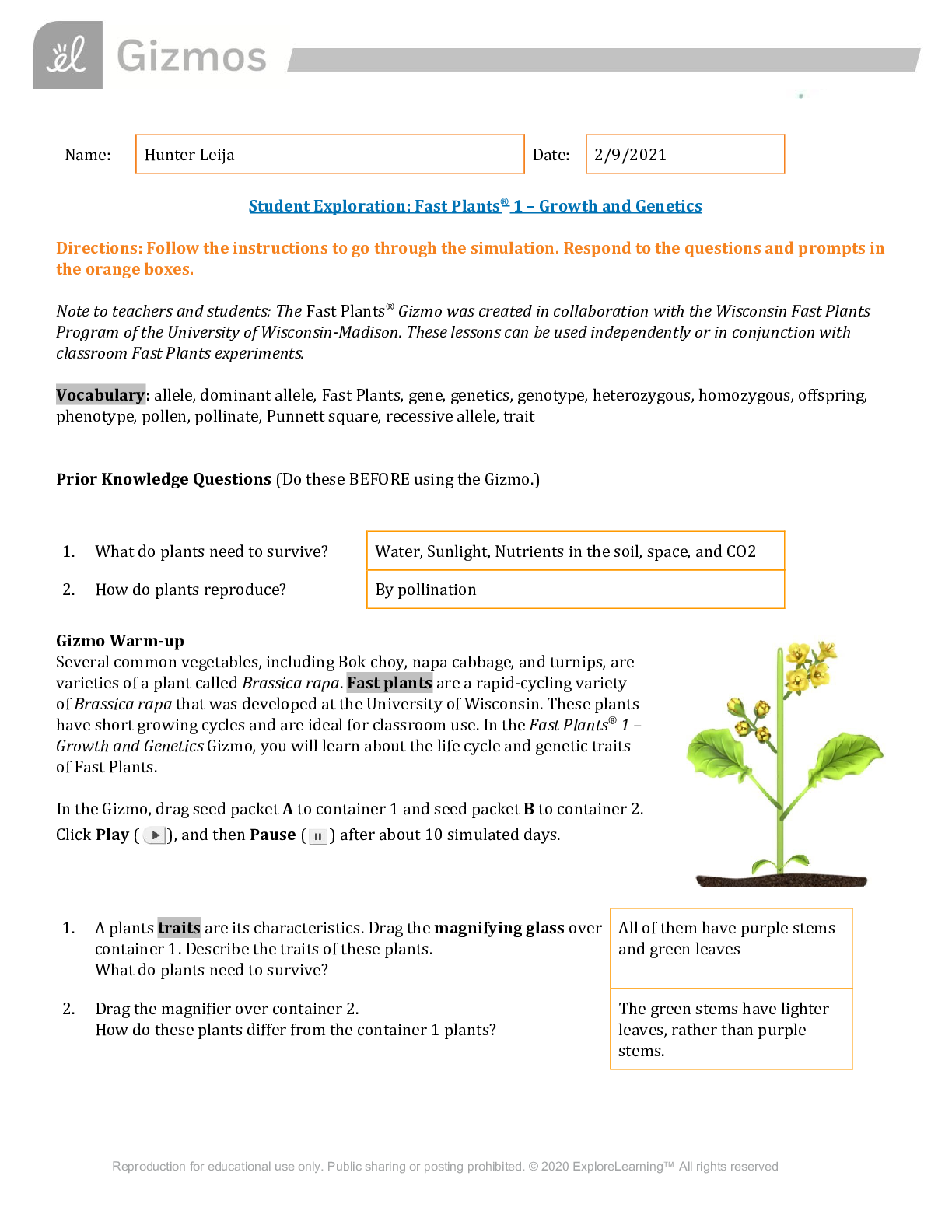Polarity GIZMO Lab
Document Content and Description Below
Vocabulary: dipole, dipole-dipole force, dipole-induced dipole force, electronegativity, intermolecular force, ionic bond, London dispersion force, molecule, nonpolar, nonpolar covalent bond, partial ... charges, polar, polar covalent bond, valence electron Prior Knowledge Questions (Do these BEFORE using the Gizmo.) 1. A big bully is having a tug-of-war with a small child. There is a ball attached to the middle of the rope. Toward whom will the ball move? The big bully. 2. Two equally strong kids are having a tug-of-war. What do you expect to happen to the ball in this situation? The ball will likely stay in the middle, as the applied forces are equal. Gizmo Warm-up Just like in a tug-of-war, atoms that are bonded to one another pull on the electrons they share. In the Polarity and Intermolecular Forces Gizmo, you will explore how these opposing forces relate to bond types and the forces between molecules. To begin, drag the Na (sodium) and Cl (chlorine) atoms into the simulation area. Turn on Show valence electrons. A valence electron is found in the outermost energy level of the atom. 1. Click Play ( ). What do you notice? The chlorine atom seemed to absorb the charge from the sodium atom, becoming larger than the Na atom while the Na shrunk. 2. Which atom seems to be pulling more on the sodium’s one valence electron? The Cl atom. How do you know? The Cl atom’s charge grew in strength, while the Na atom’s charge lessened. 3. What happens to the colors of the simulated atoms, and what does this indicate? The chlorine atom turned red while the sodium atom turned blue, which indicates that the red is a negative charge, and the blue is a positive charge. Introduction: A neutral atom has the same number of protons as electrons. Atoms that gain electrons become negatively charged, while those that lose electrons become positive. A polar bond forms when shared electrons are pulled closer to one atom than another, causing the bonded atoms to become partially charged. In a nonpolar bond, electrons are shared equally. Question: What causes bonds to be polar or nonpolar? 1. Observe: Select the Show polar molecule inset checkbox. The animation shows the probable location of electrons (orange dots) in a polar molecule. A. What do you notice about the distribution of the electrons? The electrons are located closer to each other in the area of negative charge than those in the area of positive charge. B. How does this electron distribution affect the charges of the bonded atoms? The bonded atoms will more likely have a negative charge due to more electrons being in the area of negative charge 2. Observe: Turn on the Show nonpolar molecule inset. A. How are the electrons in this molecule distributed? The electrons are distributed quite evenly across the two atoms. B. Why do the bonded atoms remain neutral? The bonded atoms stay neutral because the electrons are spread out evenly, not pulling an atom towards a particular charge. 3. Experiment: Turn off Show polar molecule inset and Show nonpolar molecule inset. Check that Show valence electrons is turned on. Drag the Na and Cl atoms into the simulation area. Click Play. Note the colors. Red indicates a negative charge, while blue indicates a positive charge. A. Does a polar or nonpolar bond form? A polar bond forms. B. Try several other metal/nonmetal combinations. What do you notice about the bonds that form? All of them become polar bonds, with the nonmetals having a greater negative charge than that of the metals’ positive charges. Ionic bonds are polar bonds that form between metal and nonmetal atoms. In this bond, valence electrons are transferred from a metal to a nonmetal. Drag each of these metal/nonmetal combinations into the Ionic bond bin on the upper right. ..............................CONTINUED............................. [Show More]
Last updated: 1 year ago
Preview 1 out of 7 pages

Reviews( 0 )
Document information
Connected school, study & course
About the document
Uploaded On
May 08, 2021
Number of pages
7
Written in
Additional information
This document has been written for:
Uploaded
May 08, 2021
Downloads
0
Views
53

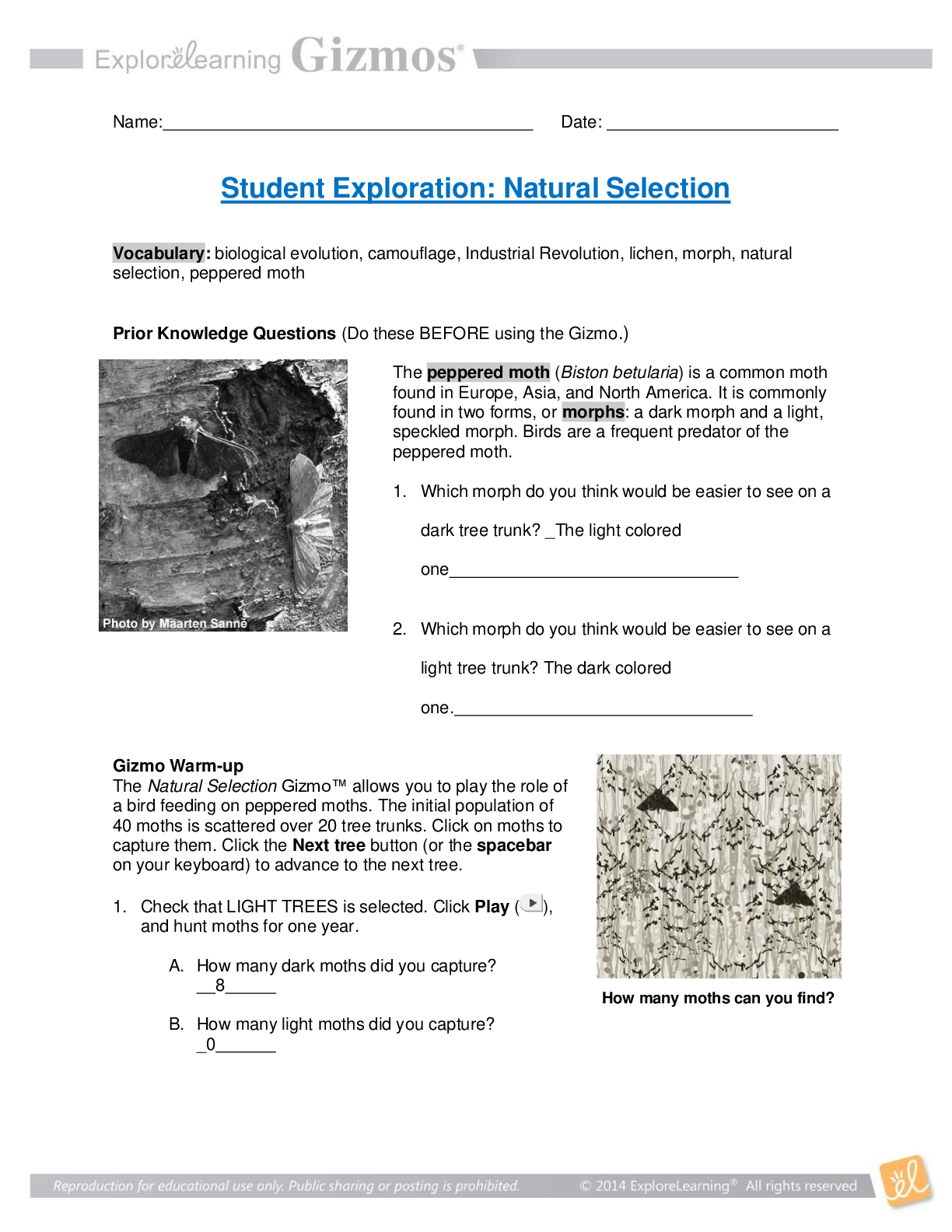
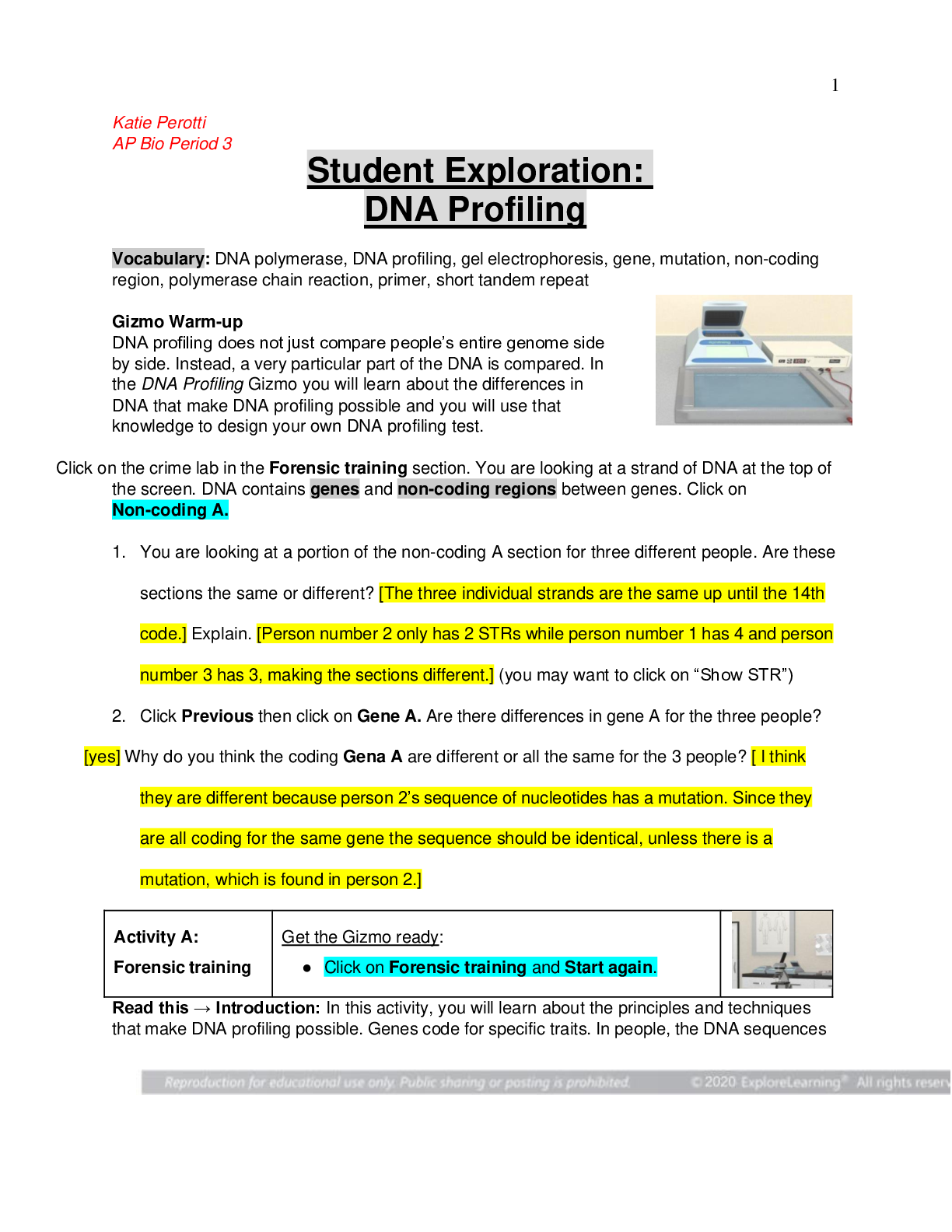
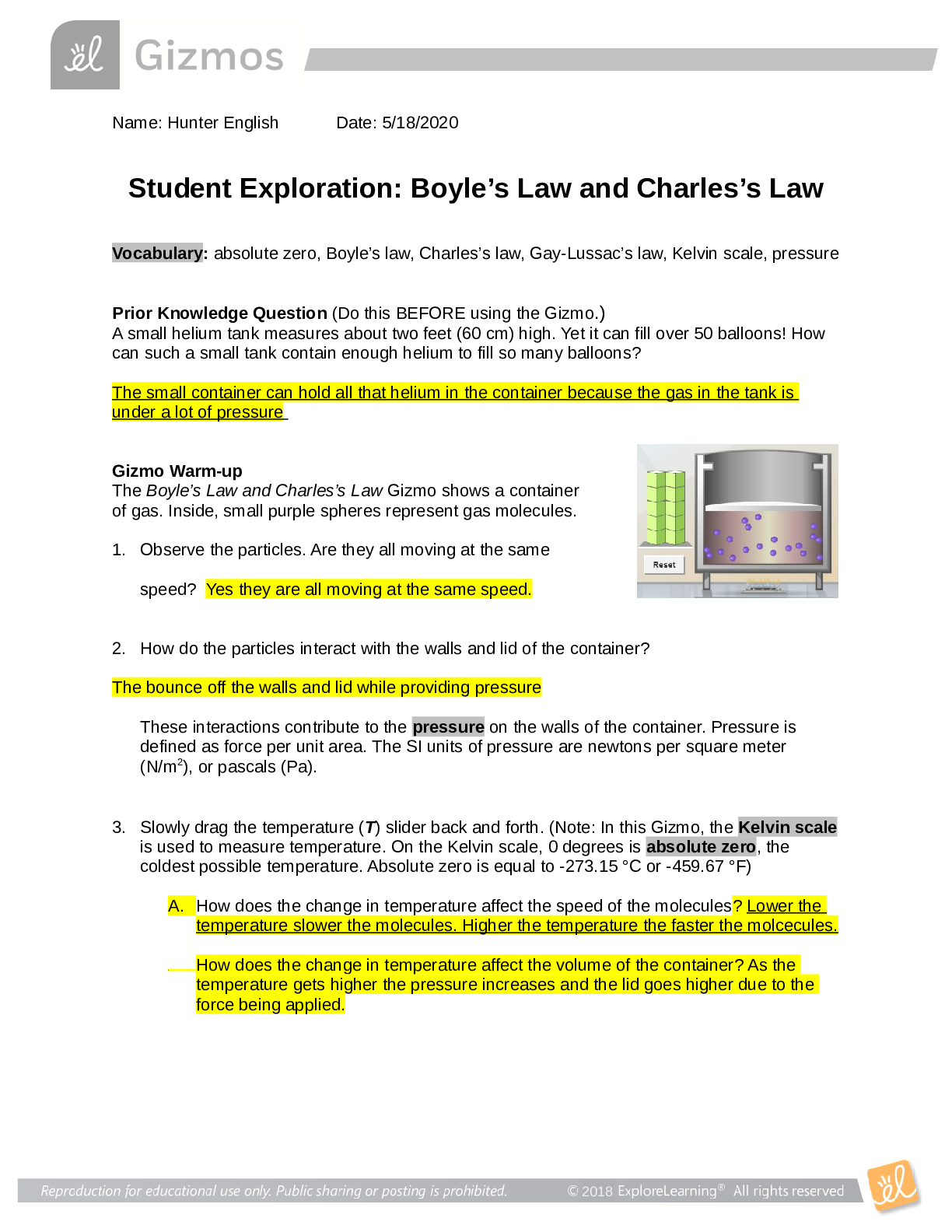
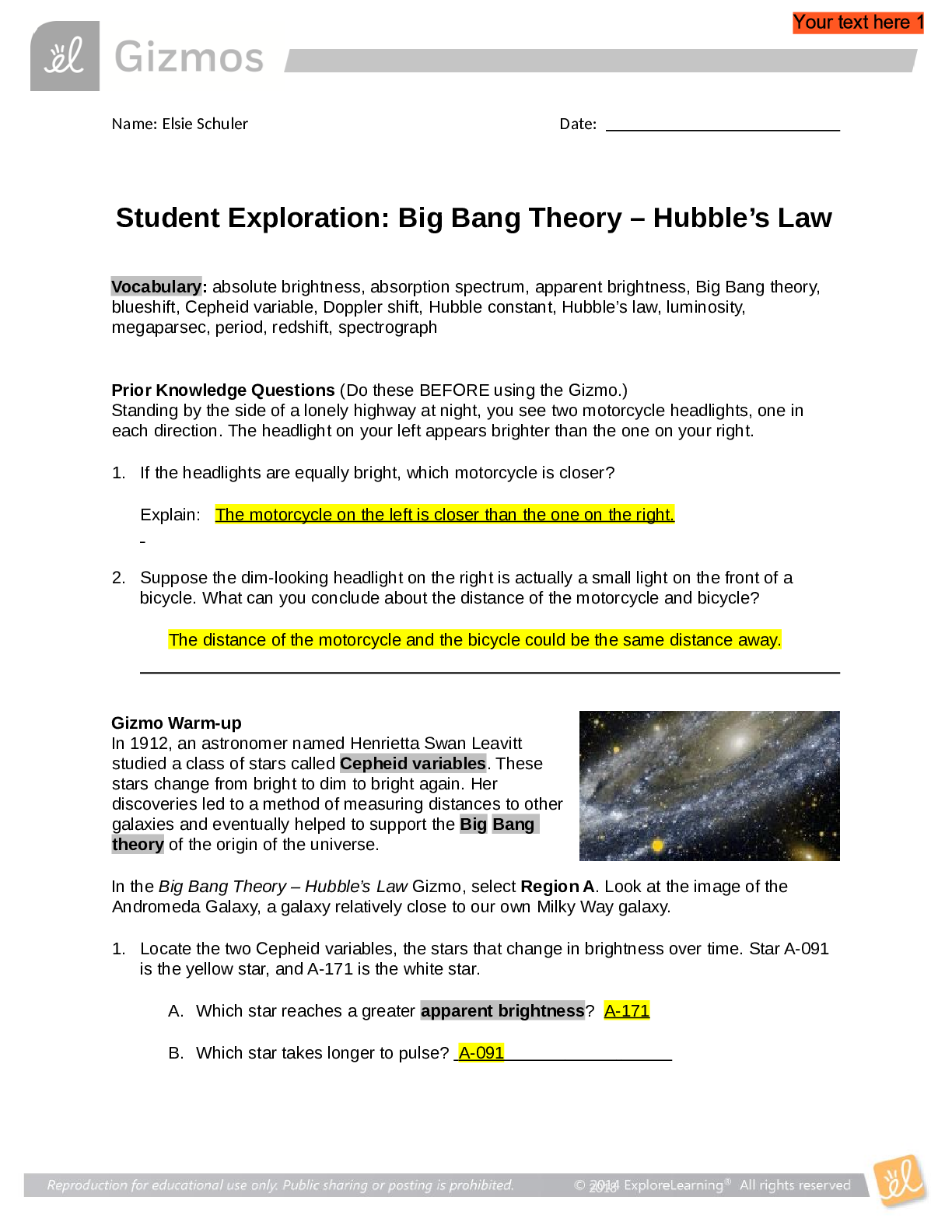


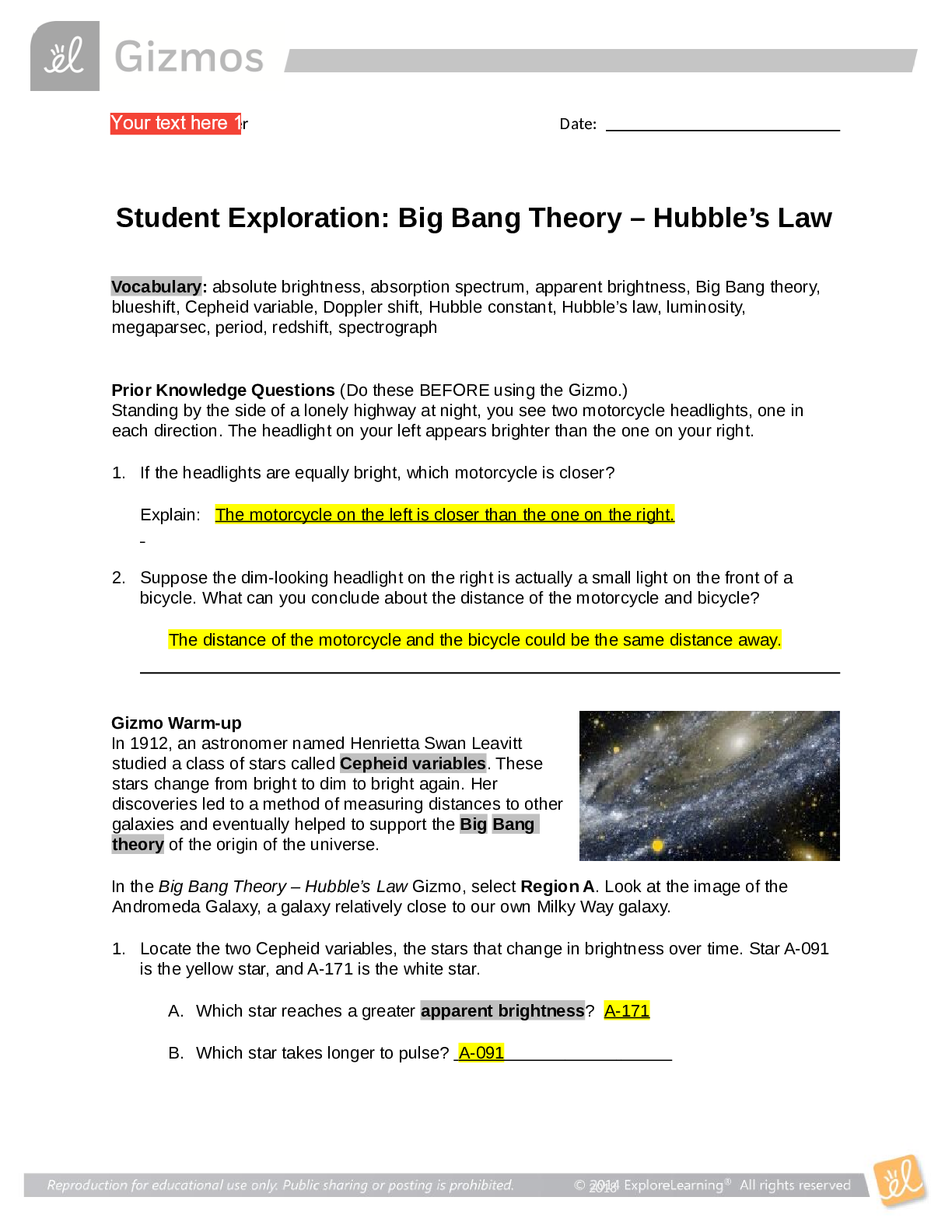
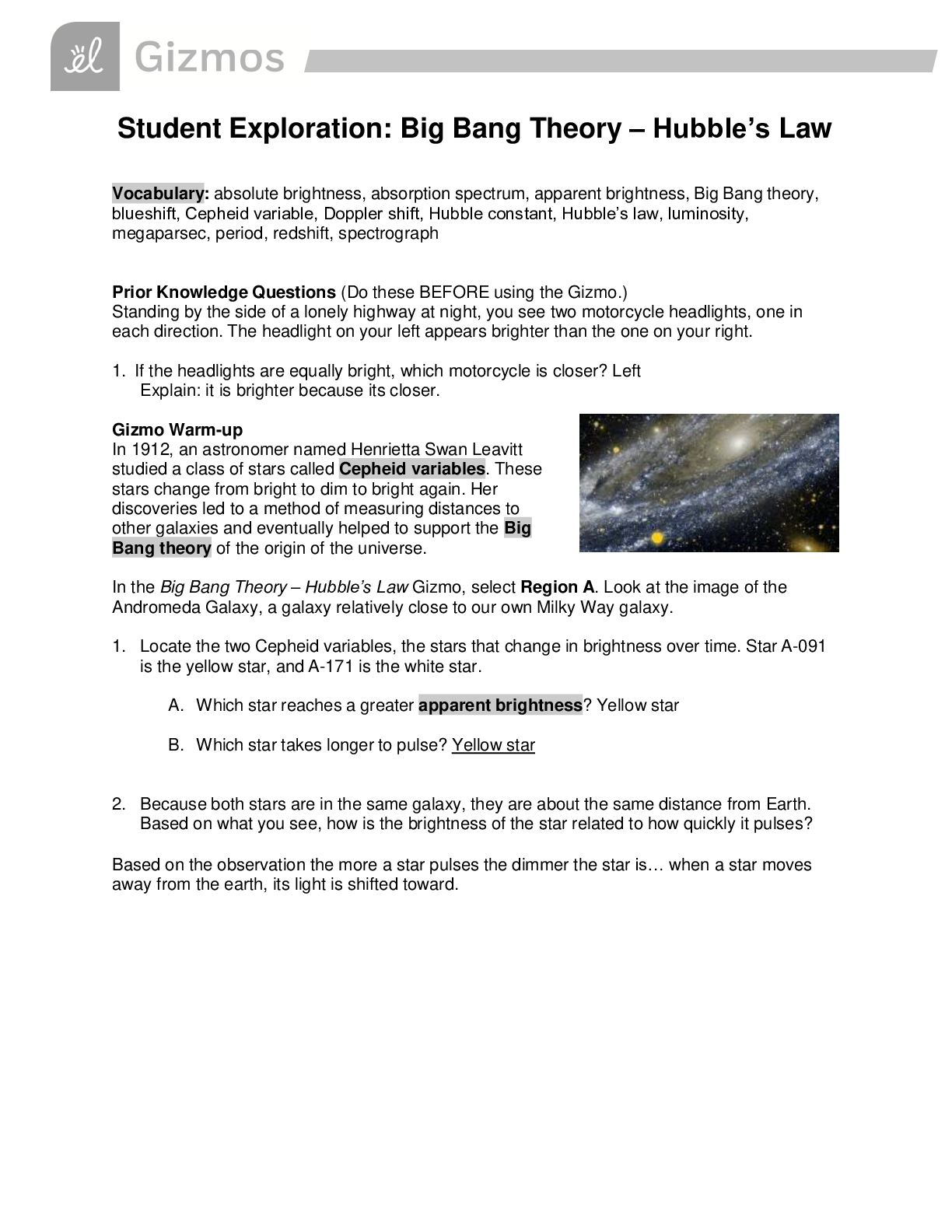

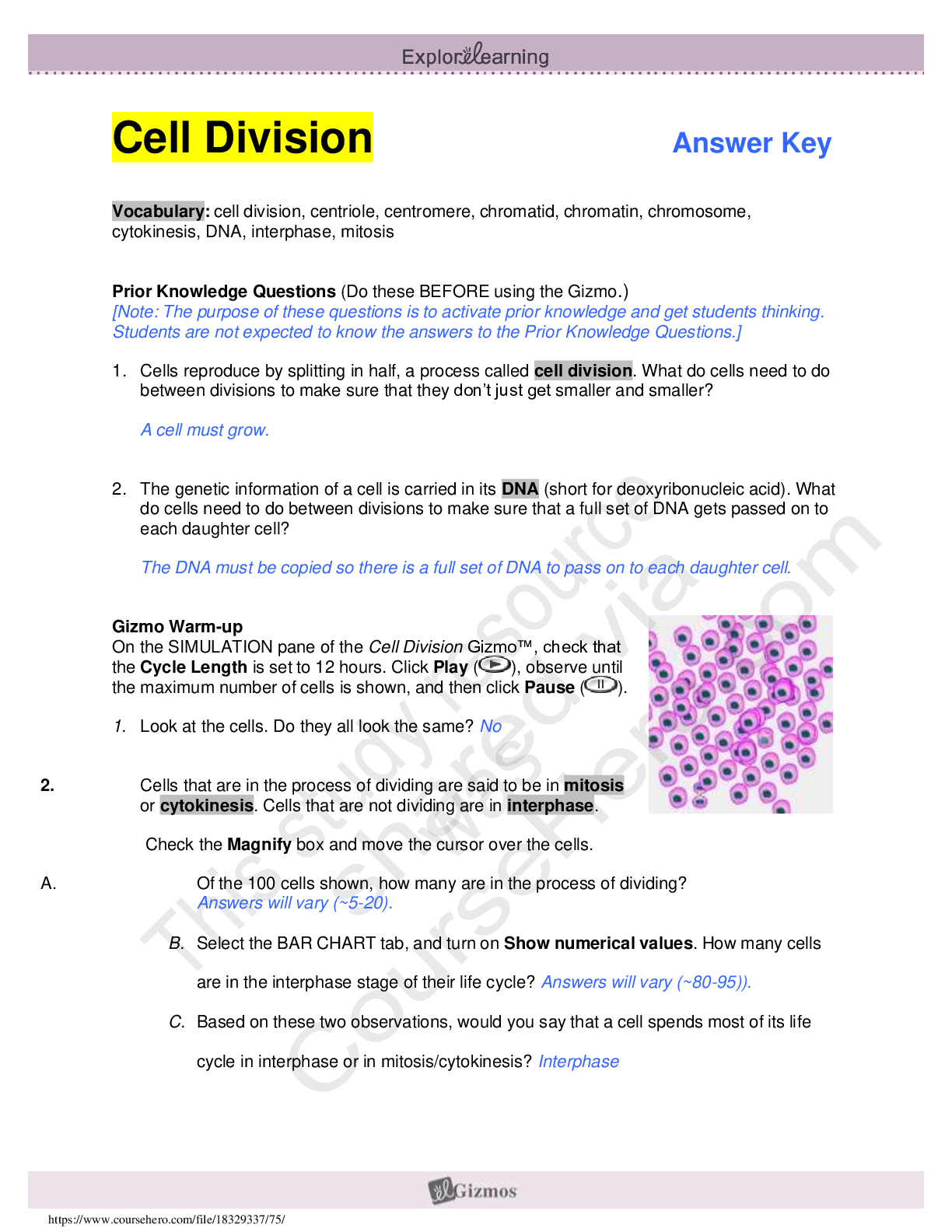
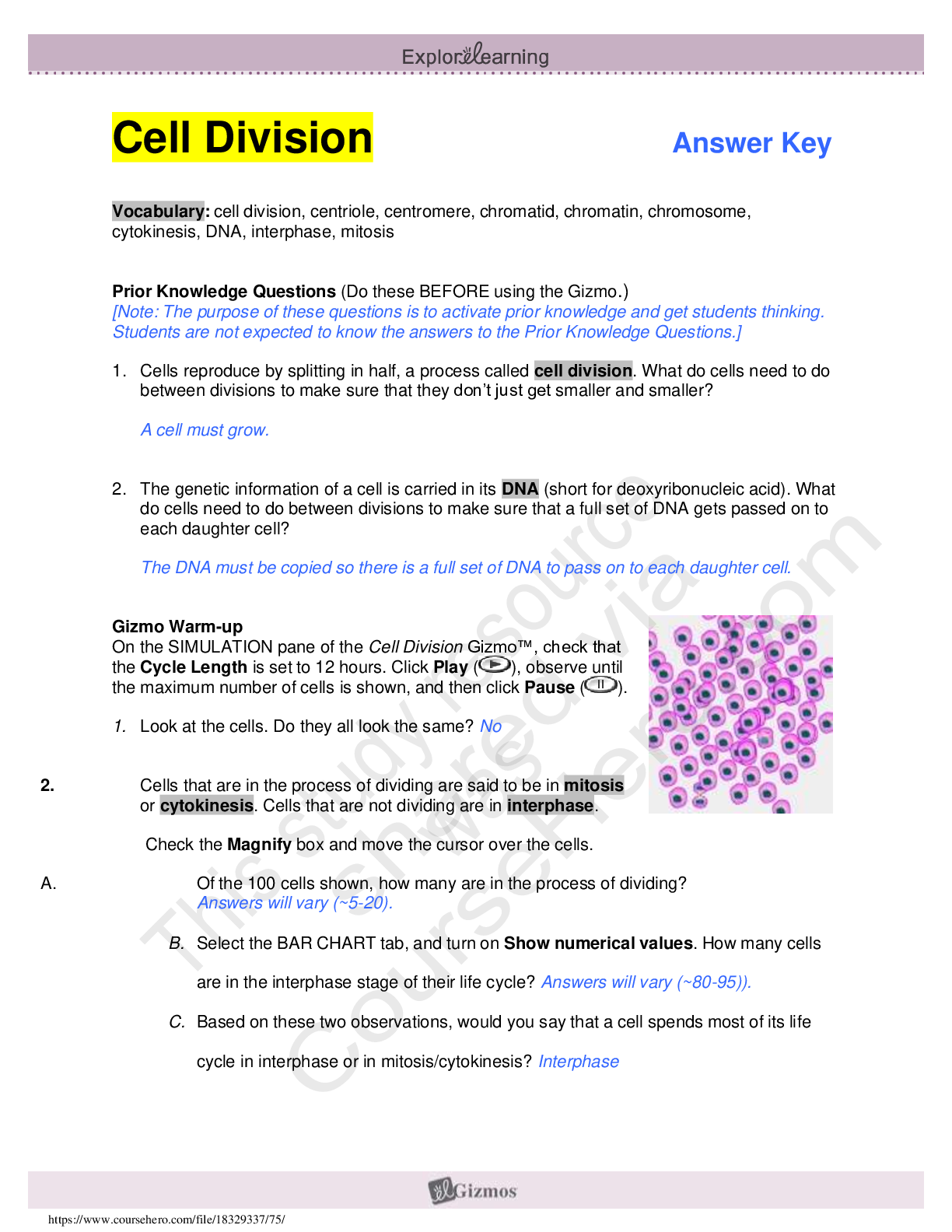
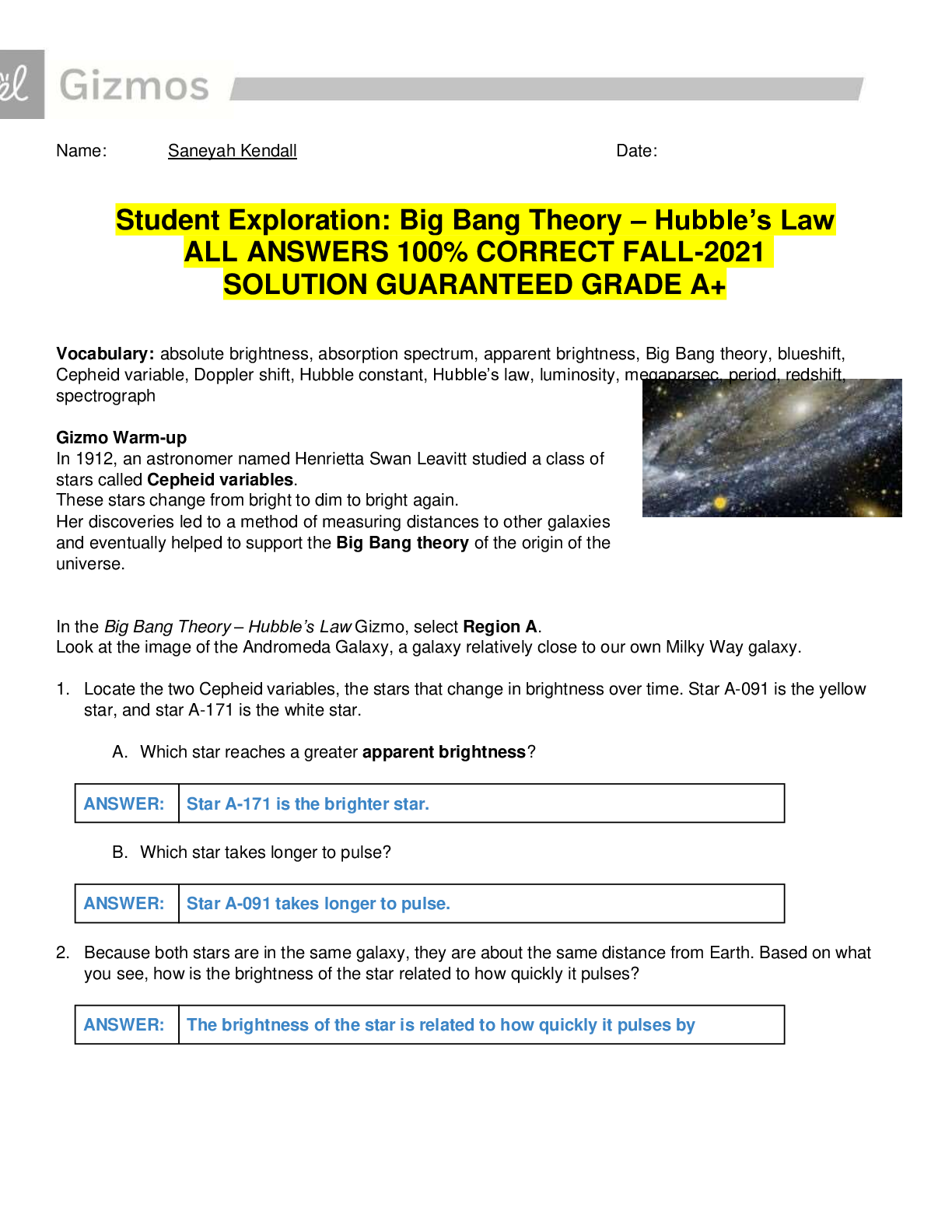

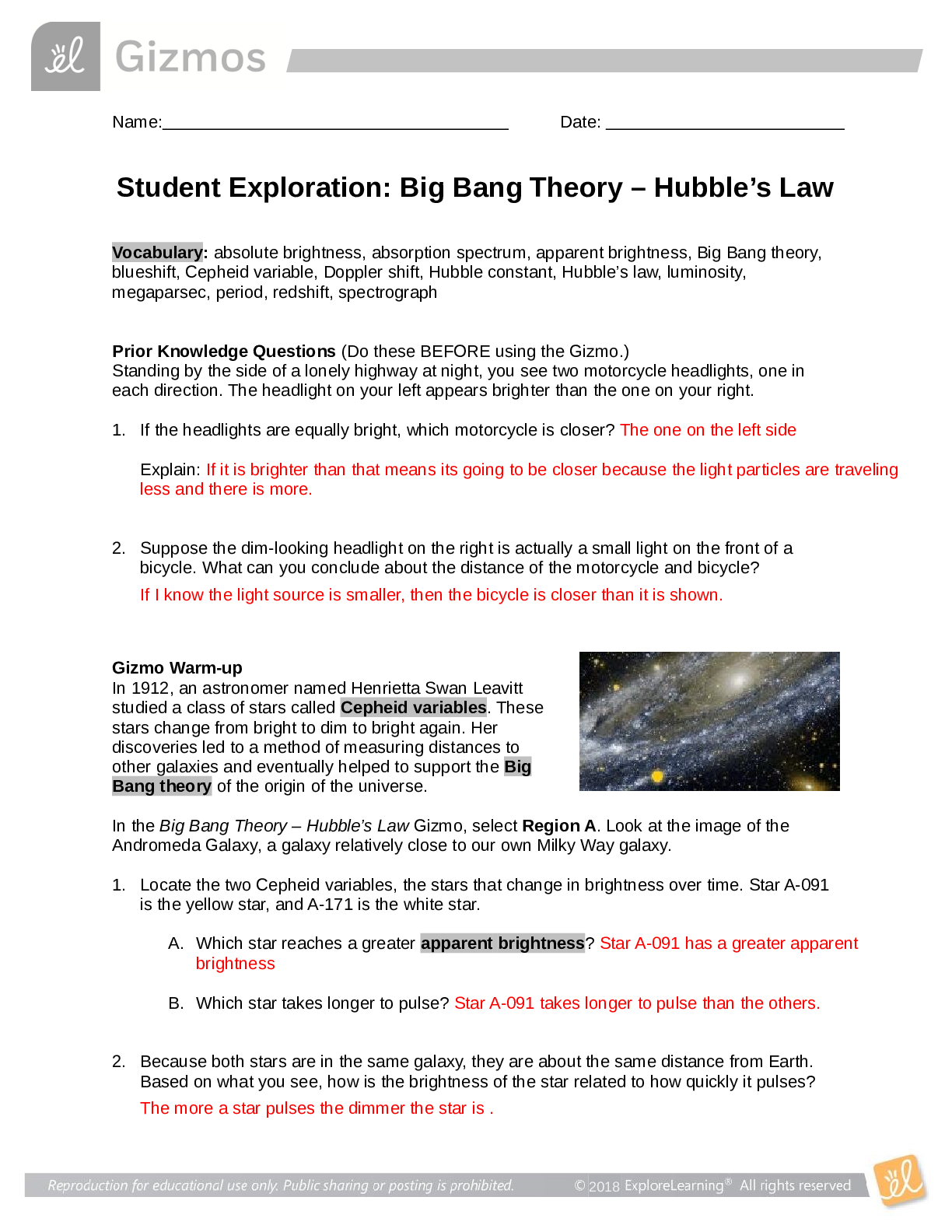
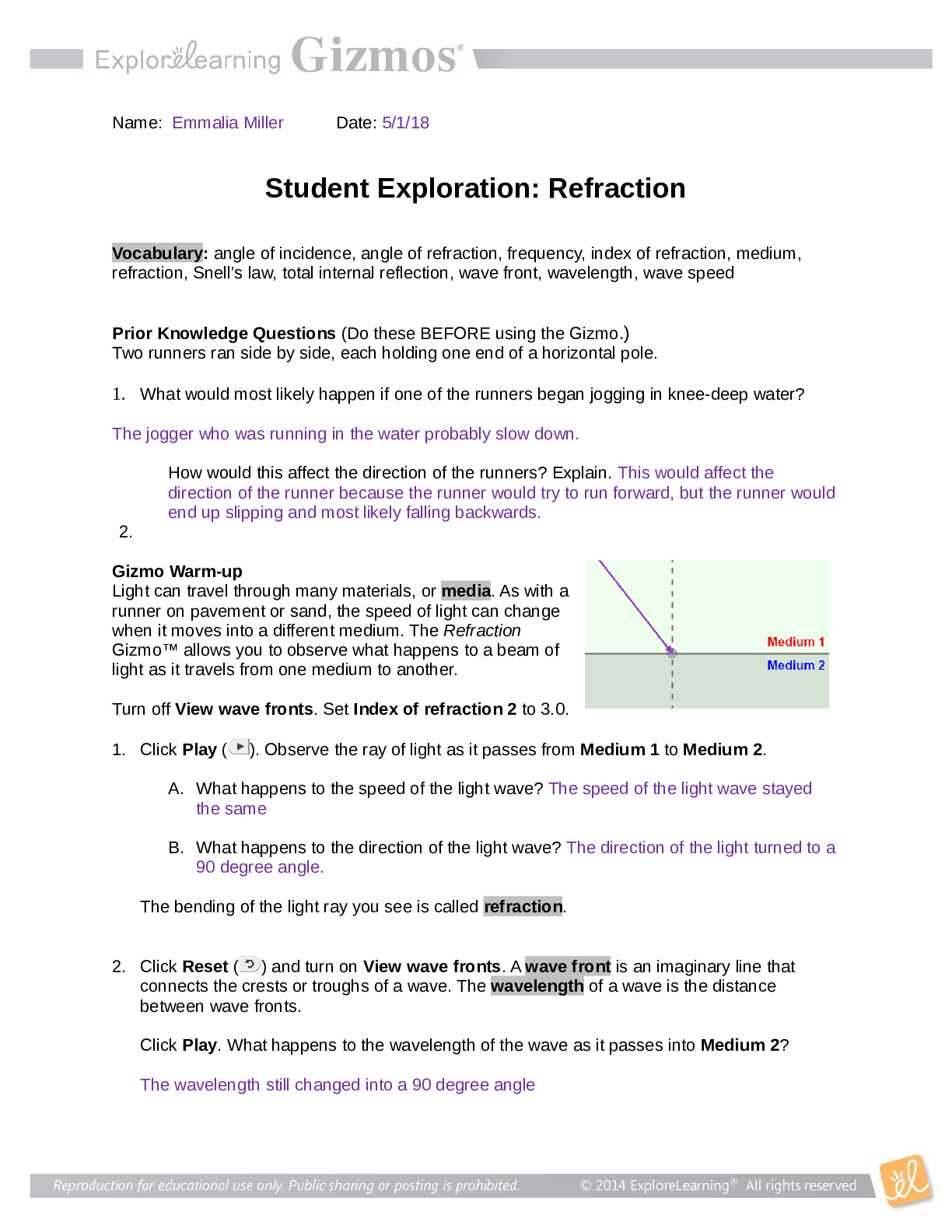

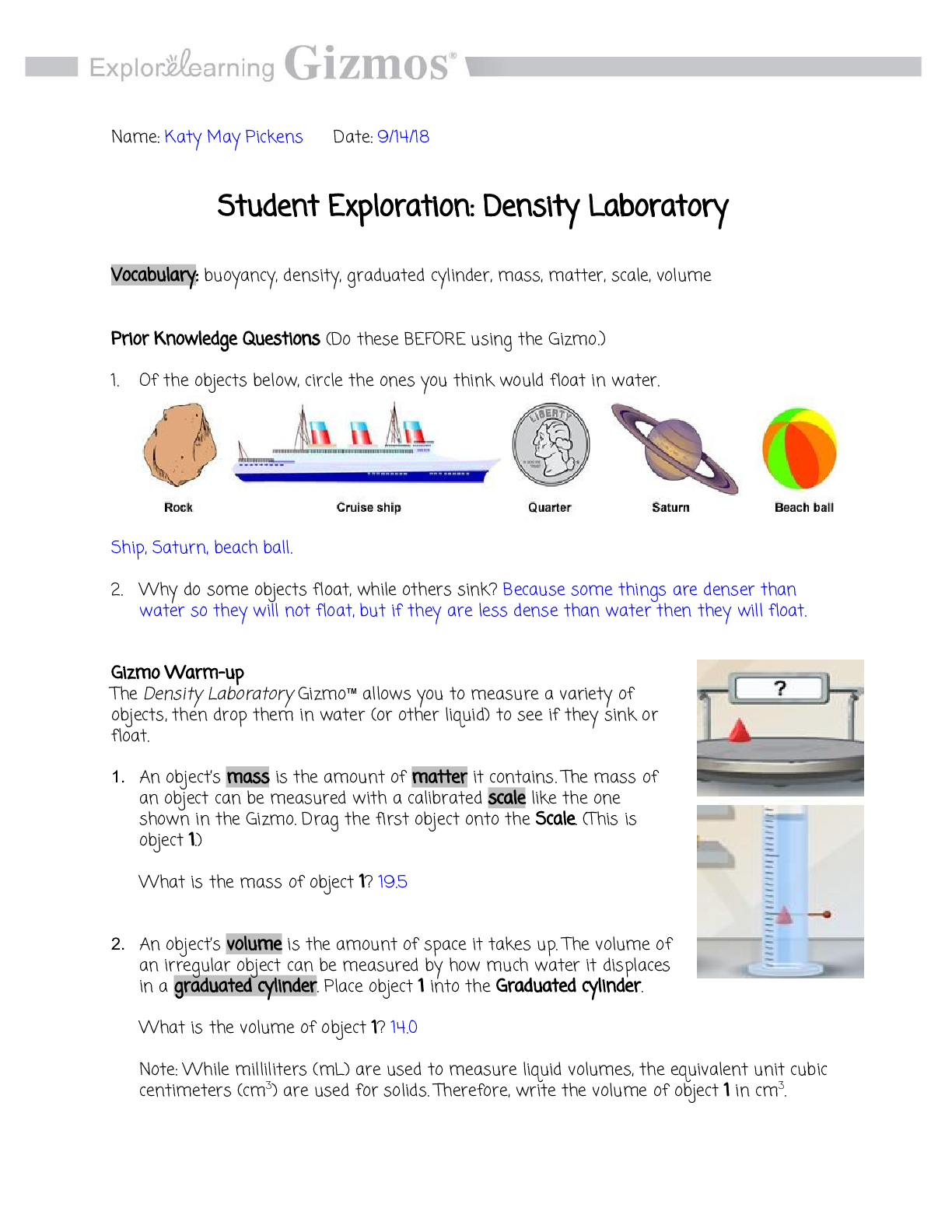
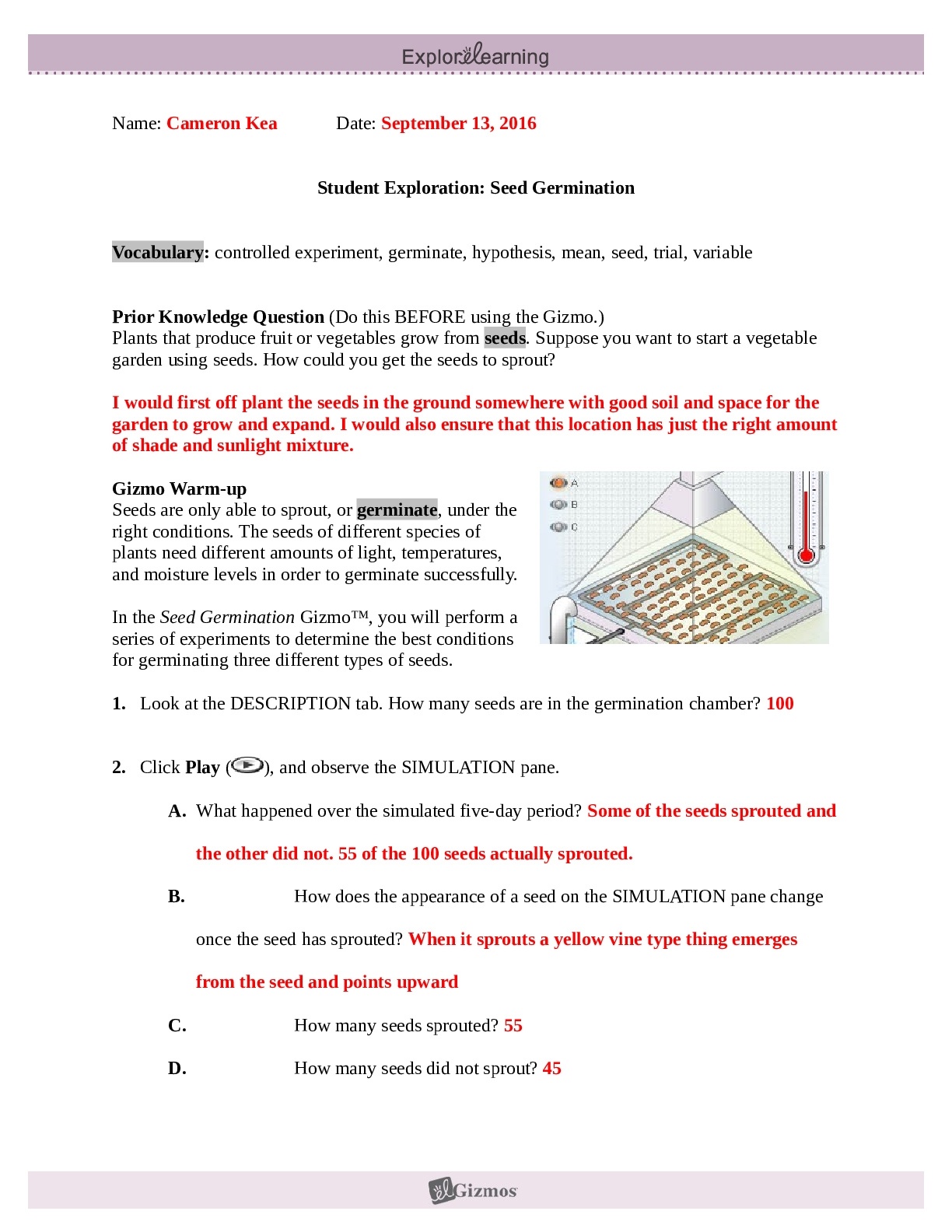

.png)

